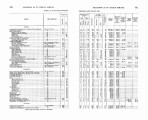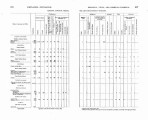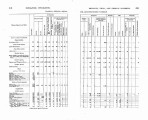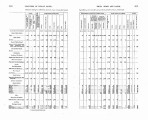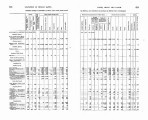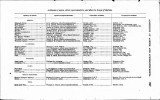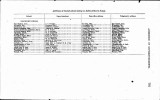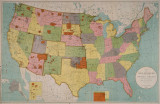| OCR Text |
Show 38 COMMISSIONER OF INDIAN AFFAIRB. feasible plan for reducing the death rate from the great white plague, which is not only a serious matter for Indians, but equally so in the most cultured and refined classes of white people. Among the whites, .an eminent medical authority has said "that the annual tribute of the United States to pulmonary tuberculosis is over 100,000." If this is trne among our civilized whites, an idea can be gained of some of the difficulties with which the Indian O5ce has to contend in combating the same diseases among the Indians. Insistence upon the orders not to overcrowd the schools is responsible for failure to increase the enrollment this year, but thus at least one element of danger is being minimized. It will be readily observed that greater stress has been laid upon questions affecting the health of Indians, both in and out of school, than heretofore. Much remains, however, to be done. Some present nonreservation school favorably situated as to climatic and hygienic conditions should be converted into a sanitarium school for tnbercu-lous children. Here, by the application of modern medical science aided by a suitable climate, these unfortunates with the incipient touches of the "dread white plague" may be carefully cared for and not, as is now necessarily the case, be returned to their homes to die a lingering death, spreading contagion to others. Such a school, ade-quately equipped and scientifically managed, would be a gracious act of mercy on our part. The War Department maintains such an institution for its officers, and its installment reflects great credit on that Department. Many a bright boy and girl might be saved foY- useful lives, and further infection of reservations might be reduced,to the benefit not onlyof the Indians themselves, but also of the siirrounding white people. It is plainly patent to the medical fra-ternity and to thinking people that the strong arm of the Government must be, where practicable, invoked to the assistance of States and individuals in their efforts to reduce the already appalling death list from this disease. The Indin is worthy the effort to save him, and at the same time it will assist the surrounding whites in removing so many "plague spots." Indian educational institutions.-Government schools are divided into tbree principal classes: (1) Nonreservation scbools, (2) reservation schools, (3) day schools. As adjuncts to these are (1) public schools in which Indian children are taught, and (2) mission day and boarding schools. The Government schools are further subdivided into train-ing schools whose superintendent is also in charge of a reservation, or aportion thereof, and those whose superintendent has only the duties particularly applicable to the institution over which he presides. All noureservatiouand training schools are in cbarge of a superintendent, who gives bond for the faithful performance of his duties. Reserva- |






















































































































































































































